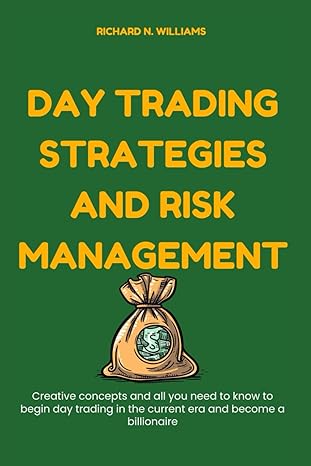Question
1. Geary Machine Shop is considering a four-year project to improve its production efficiency. Buying a new machine press for $883,200 is estimated to result
1.
| Geary Machine Shop is considering a four-year project to improve its production efficiency. Buying a new machine press for $883,200 is estimated to result in $294,400 in annual pretax cost savings. The press falls in the MACRS five-year class (MACRS Table), and it will have a salvage value at the end of the project of $128,800. The press also requires an initial investment in spare parts inventory of $36,800, along with an additional $5,520 in inventory for each succeeding year of the project. |
| Required : | |||||||||||||||||||||||||||||||||||||||||||||||||||||||||||||||||||||||||||
| If the shop's tax rate is 34 percent and its discount rate is 8 percent, what is the NPV for this project? (Do not round your intermediate calculations.) 2.
| |||||||||||||||||||||||||||||||||||||||||||||||||||||||||||||||||||||||||||
Step by Step Solution
There are 3 Steps involved in it
Step: 1

Get Instant Access to Expert-Tailored Solutions
See step-by-step solutions with expert insights and AI powered tools for academic success
Step: 2

Step: 3

Ace Your Homework with AI
Get the answers you need in no time with our AI-driven, step-by-step assistance
Get Started


